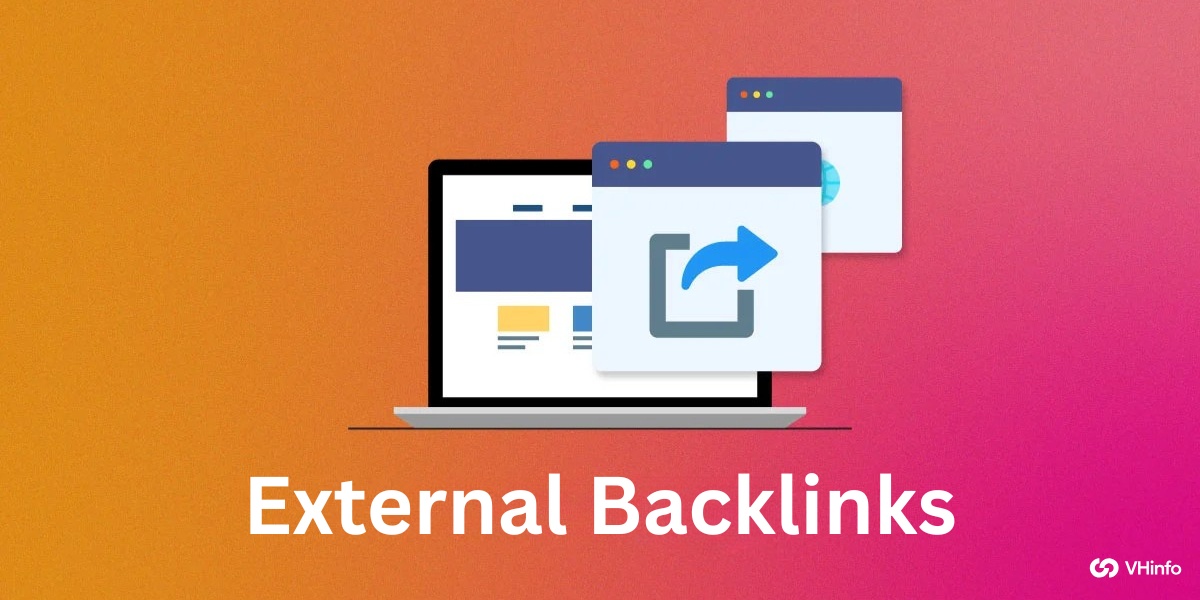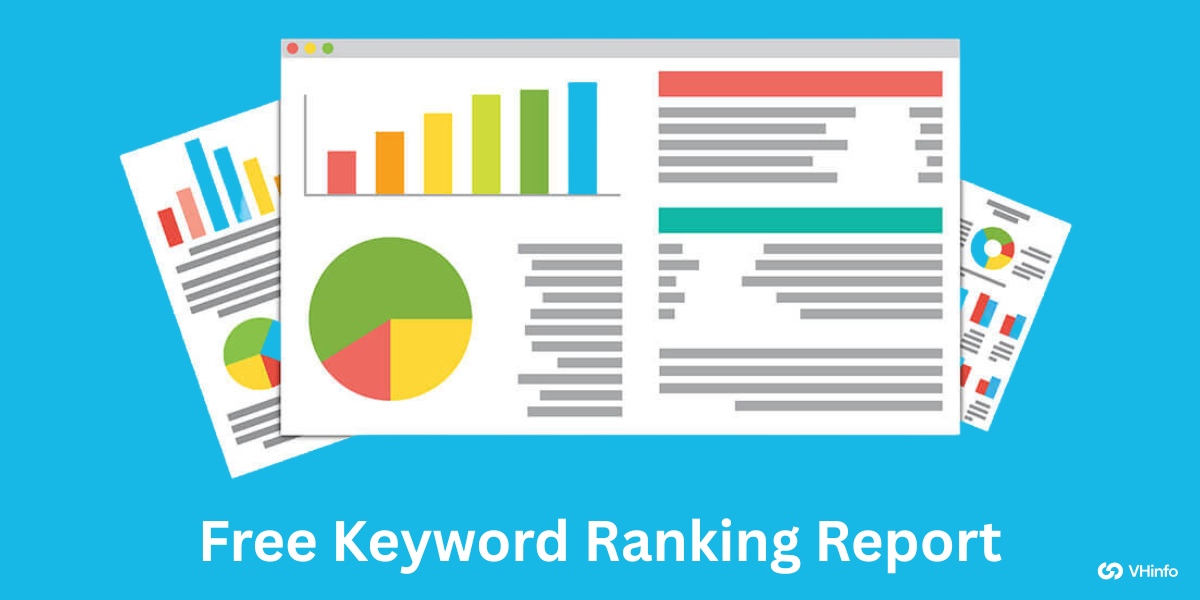In the competitive landscape of Search Engine Optimization (SEO), link reclamation is a pivotal strategy.
It involves identifying and fixing broken or lost links to enhance your website’s authority and search engine ranking. This process is important for maintaining the integrity of your backlink profile and ensuring that your site continues to benefit from previously earned links.
What is Link Reclamation?
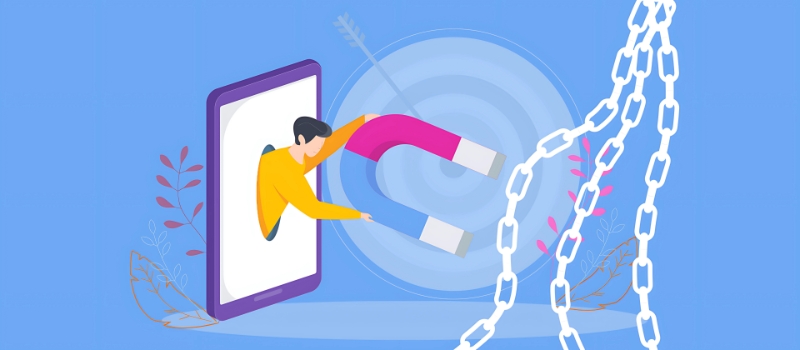
Link reclamation is the process of finding and restoring broken or lost backlinks that once pointed to your website. These can be internal links within your site or inbound links from external sites. By reclaiming these links, you preserve valuable link equity, improve user experience, and maintain your site’s authority in search engine rankings.
Why is Link Reclamation Important?
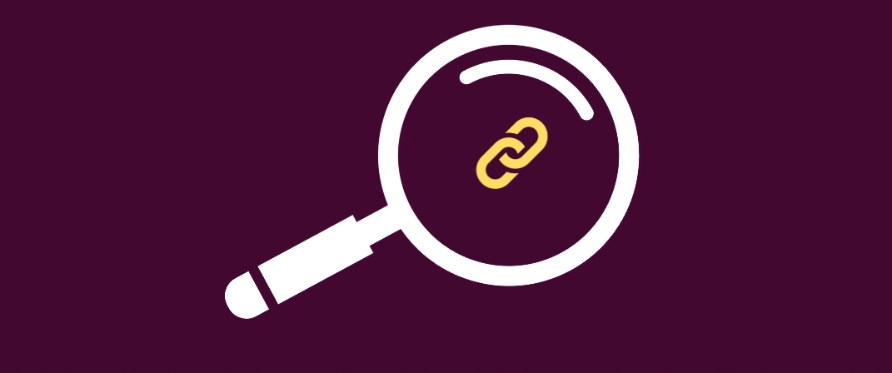
Link Reclamation is important due to the following reasons:
- Retaining Link Equity (Link Juice): Link reclamation helps restore lost link equity, which is important for maintaining your site’s SEO value. When high-authority sites link to your content, they pass on “link juice,” enhancing your site’s credibility and ranking potential.
- Impact On SEO Rankings: Reclaiming lost links can significantly boost your SEO without the need to acquire new backlinks. This process ensures that search engines recognize the full breadth of sites endorsing your content, thereby improving your visibility and authority.
- Enhancing User Experience: Broken links lead to poor user experiences by directing visitors to 404 error pages. By fixing these links, you ensure a seamless navigation experience, which can enhance user satisfaction and engagement.
How Can Link Reclamation Benefit Your SEO?
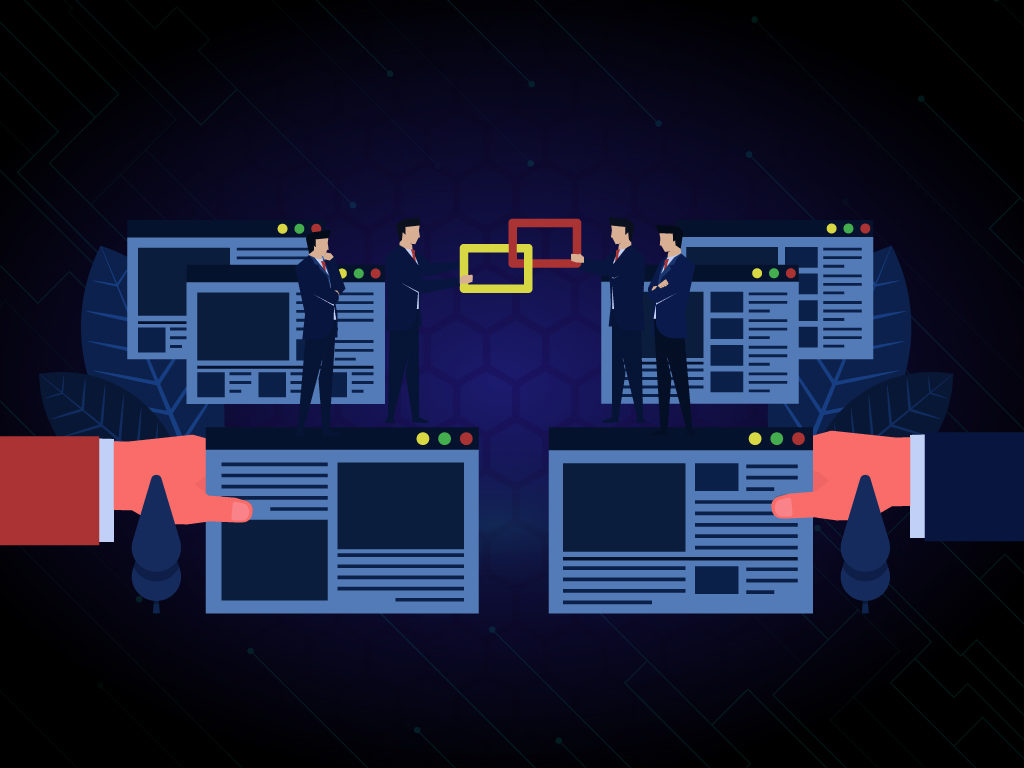
Link reclamation can improve your site’s organic traffic by restoring valuable backlinks. This process not only enhances your site’s authority but also increases referral traffic from previously linked pages.
Maintaining a robust backlink profile can help you achieve higher search engine rankings and better visibility.
If you are looking for a specialized approach to enhance your backlink profile, consider using a SaaS Link Building Service to streamline and scale your link-building efforts.
Common Causes of Lost or Broken Links

Lost or broken links can happen for several reasons. Some of which are as follows:
- Website Redesigns Or URL Changes: When a website undergoes a redesign or changes its URL structure, links can become broken if they are not updated to reflect the new paths. This often happens when pages are moved or renamed without implementing proper redirects, leading to 404 errors and a loss of link equity.
- Deleted Pages Or Expired Content: Pages that are deleted or content that expires often result in broken links. If these links are not removed or redirected, users will encounter 404 errors. This not only disrupts the user experience but also wastes valuable link juice that could have been preserved through proper link reclamation efforts.
- Incorrect URLs Or Redirect Issues: Typos or incorrect formatting in URLs can lead to broken links, resulting in 400 bad request errors. Additionally, improper redirects can cause client errors, preventing users from reaching the intended destination and negatively impacting SEO by creating crawl errors.
- Competitor Outreach Replacing Your Links: Sometimes, competitors may engage in link outreach efforts to replace your links with theirs on third-party sites. This can lead to lost backlinks, reducing your site’s referral traffic and overall domain authority. Regular monitoring of brand mentions and external backlinks can help identify and address such issues.
How to Identify Lost Or Broken Links?
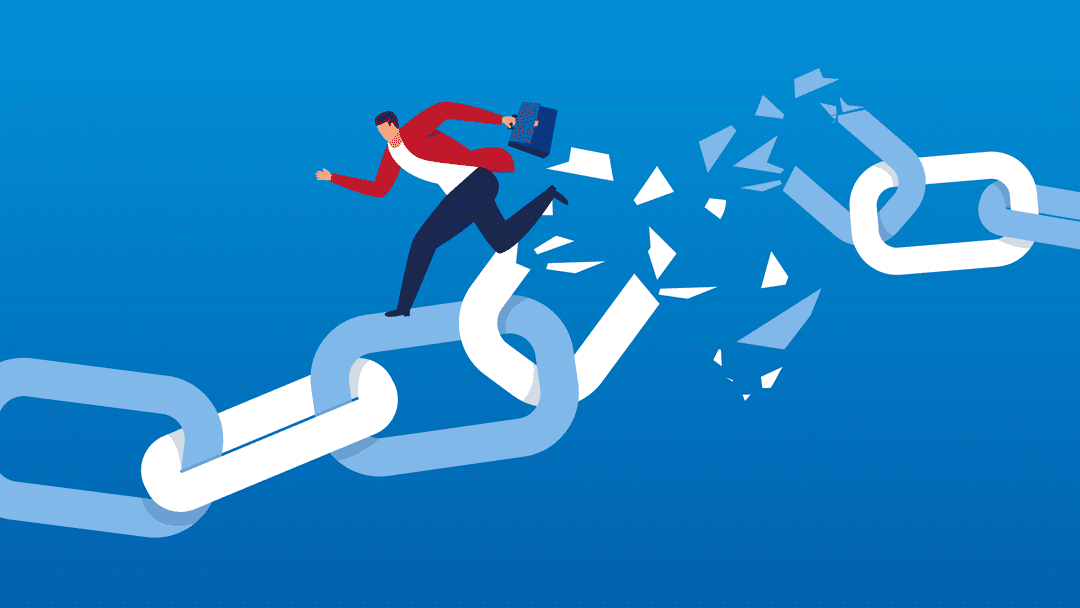
- Using SEO Tools: SEO tools like Ahrefs and SEMRush are invaluable for finding lost or broken links. These tools allow you to conduct a backlink audit, identifying links that lead to 404 errors or client errors. By analyzing your backlink profile with these tools, you can quickly spot broken URLs and take steps to reclaim them, ensuring your site maintains its link equity and SEO value.
- Monitoring Brand Mentions: Tracking brand mentions is another effective way to identify unlinked mentions or broken links. Tools like Google Alerts or Brand24 can notify you whenever your brand is mentioned online. If these mentions do not include a link back to your site, you have an opportunity to reach out and request a link, converting these mentions into valuable inbound links that enhance your site’s authority and referral traffic.
- Auditing Internal Links: Performing an internal linking audit helps you find broken internal links within your website. Using web crawling tools like Screaming Frog’s SEO Spider, you can identify 404 errors and redirect issues that disrupt user experience. Regular audits ensure that internal links point to relevant pages, optimizing the flow of link juice across your site and improving search engine ranking.
Steps to Reclaim Lost Links
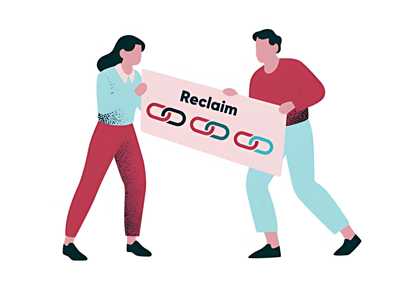
Once you find lost or broken links, it’s time to act and get their value back. You need to take a systematic approach to fix them well.
Step 1: Audit Your Backlink Profile
Start by conducting a thorough backlink audit using tools like Ahrefs Site Explorer or SEMRush.
This helps you identify lost backlinks and broken external links that need attention. By understanding your link profile, you can prioritize which links to reclaim, ensuring you focus on those that offer the most SEO value and link equity.
Step 2: Fix Internal Link Issues
Next, address any broken internal links on your website.
Use tools like Screaming Frog’s SEO Spider to find broken URLs and fix them by updating links or setting up proper redirects. This step ensures a smooth user experience and maintains the flow of link juice within your site, enhancing its overall SEO strategy.
Step 3: Reach Out to Webmasters
For external links, contact the site owners or webmasters of the linking pages.
Politely request them to update or fix the broken links pointing to your site, providing them with the correct URLs. This outreach is important for reclaiming lost backlinks and restoring referral traffic from these external backlinks.
Step 4: Set Up Redirects
Finally, implement 301 redirects for any permanently moved or deleted pages. This ensures that any incoming links pointing to old links are redirected to relevant pages on your site. By doing so, you preserve link equity and prevent loss of SEO value due to broken URLs.
Best Practices For Link Reclamation Outreach

- Personalize Your Communication: When reaching out to site owners or webmasters, tailor your messages to show genuine interest and understanding of their content. A personalized approach increases the likelihood of getting a positive response and having your links updated.
- Provide Clear Instructions: Make it easy for webmasters to update the links by providing clear instructions and even HTML snippets. This reduces their effort and increases the chances of your request being fulfilled, helping you reclaim lost backlinks effectively.
- Highlight Mutual Benefits: Explain how updating the links can benefit both parties, such as improving user experience and maintaining site authority. This creates a win-win situation, encouraging webmasters to act on your request. Startups can particularly benefit from strategic SEO practices tailored to their growth stage. Learn more about effective SEO for Startup strategies to build a strong online presence.
- Be Polite and Professional: Maintain a respectful tone in your communications, even if you need to follow up. A professional approach reflects well on your brand and keeps the door open for future link-building opportunities.
- Follow Up Strategically: If you don’t receive a response initially, send a polite follow-up after a reasonable period. Persistence can pay off, but it’s important not to be overly aggressive or pushy.
Challenges in Link Reclamation

- Difficulty in Contacting Webmasters: Finding the right contact information for webmasters can be challenging. Many websites don’t have clear contact details, making it hard to reach the person responsible for updating links.
- Time-Consuming Process: Link reclamation requires significant time and effort, from auditing your link profile to conducting outreach. It’s a meticulous process that demands patience and persistence to see results.
- Potential Refusal to Update Links: Some site owners may refuse to update or fix broken links, especially if they have switched to competitor links. This can limit your ability to reclaim lost link equity from certain sites.
- Technical Issues with Redirects: Setting up redirects can sometimes lead to technical challenges, such as incorrect implementation or server errors. These issues need careful handling to ensure that link juice is preserved effectively.
- Keeping Up with Continuous Changes: Websites frequently change their structure or content, leading to new broken links over time. Continuous monitoring and regular audits are necessary to keep up with these changes and maintain a healthy backlink profile.
Best Tools For Link Reclamation
Having the right tools can help you a lot in improving your link reclamation process. This makes it faster and easier. Many SEO tools have special features. They can find broken links, look at your backlink profile, and even help you reach out to others.
Some of the best tools are as follows:
Ahrefs

Ahrefs is a comprehensive SEO tool known for its powerful Site Explorer feature, which helps you find lost and broken links.
By entering your domain, you can view all backlinks, including those that are no longer active. The tool highlights lost links, allowing you to prioritize which ones to reclaim based on their SEO value.
Ahrefs also provides insights into anchor texts and link errors, making it an essential tool for maintaining a healthy backlink profile and reclaiming valuable link equity.
SEMRush

SEMRush offers a robust Backlink Audit Tool that helps identify lost or broken backlinks to your site. This tool evaluates the quality of your backlinks and flags those that need attention, such as links leading to 404 errors.
SEMRush also facilitates outreach by providing contact details for webmasters, making it easier to request link updates. This makes SEMRush an excellent choice for managing your link reclamation process and enhancing your site’s search engine optimization.
Moz

Moz is another popular SEO tool that aids in link reclamation by analyzing your site’s domain authority and backlink profile. It helps identify broken links and provides metrics to assess the quality of these links.
Moz’s tools are particularly useful for filtering out low-quality backlinks and focusing on those that can boost your site’s domain authority and organic traffic. This makes Moz a reliable choice for maintaining a strong and effective link profile.
BuzzStream

BuzzStream is primarily an outreach tool that simplifies the process of contacting webmasters for link reclamation. It allows you to manage communications efficiently by storing contact information and tracking interactions with site owners.
BuzzStream also integrates with other tools like Ahrefs to import lists of lost links, streamlining the outreach process. Its ability to manage relationships makes it invaluable for successful link reclamation efforts.
BuzzSumo

BuzzSumo excels in identifying content with high social shares, which often correlates with strong backlink potential. Its backlink analysis tool helps uncover sites linking to your content, providing opportunities for reclaiming lost links.
Additionally, BuzzSumo offers insights into social engagement, helping you target content that could attract new backlinks. This dual focus on backlinks and social shares makes BuzzSumo a versatile tool for boosting both SEO and content visibility.
Real-World Example of Link Reclamation
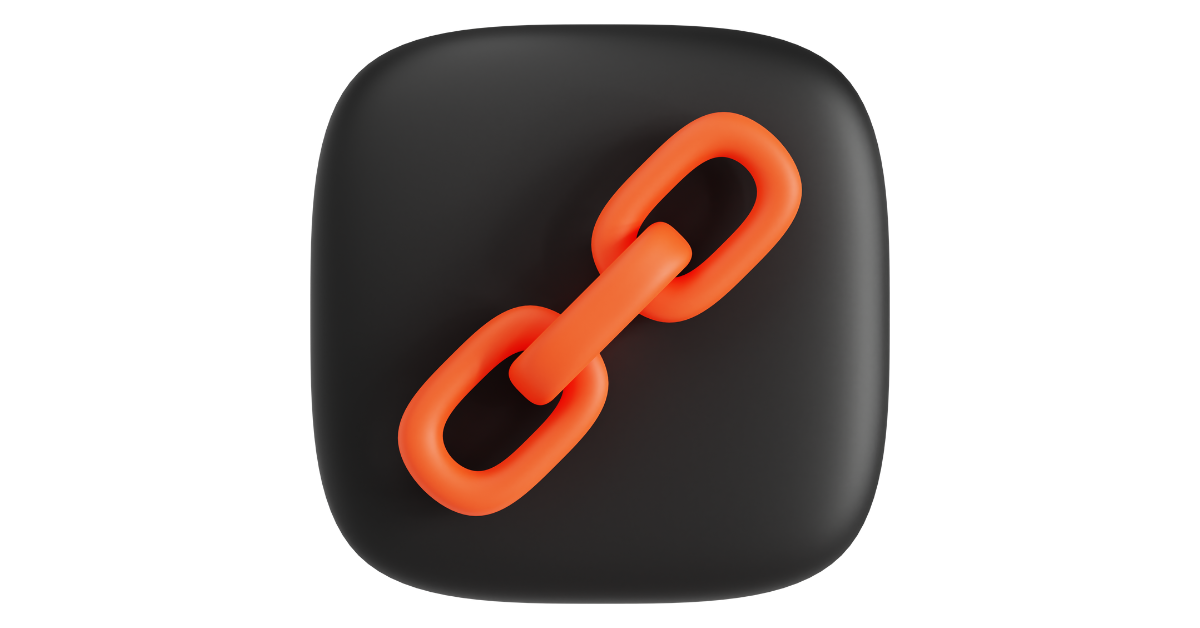
To see the real benefits of link reclamation, let’s look at an example.
A SaaS company experienced a decline in organic traffic to a popular blog post about project management tools. Upon investigation, they found that several high-authority backlinks were pointing to a URL that had been deleted.
To address this, the SEO team restored the original blog post with updated content and used tools like Hike SEO to identify all the broken backlinks. They then reached out to the webmasters of the linking pages, providing the updated URL and requesting them to fix the links.
As a result, traffic to the blog post recovered within weeks, and it regained its position at the top of search engine results pages (SERPs), demonstrating the effectiveness of strategic link reclamation efforts in restoring lost link equity and improving search engine optimization.
FAQ’s:
What is the Difference Between Link Reclamation and Building New Links?
Link reclamation involves restoring existing but lost or broken links to your site, whereas building new links focuses on acquiring fresh backlinks from different sources. Reclamation is about recovering lost link equity while building links aims to expand your backlink profile and improve domain authority.
How Often Should I Perform a Link Reclamation Audit?
It’s advisable to perform a link reclamation audit every three to six months. Regular audits help you quickly identify and fix broken links, ensuring your site maintains its SEO value and continues to benefit from all potential inbound links.
Can I Automate Link Reclamation?
While some parts of link reclamation, like identifying broken links with SEO tools, can be automated, the outreach process often requires a personal touch. Tools like BuzzStream can help manage communications, but personalized emails are usually more effective for successful link reclamation efforts.
Can I Reclaim Links From Low-Quality Websites?
Reclaiming links from low-quality websites is generally not recommended, as they might not contribute positively to your site’s SEO. Focus on high-quality backlinks that enhance your domain authority and provide valuable referral traffic.
What if the Linking Site Refuses to Update the Link?
If a site owner refuses to update a broken link, consider setting up redirects on your site to capture any remaining link juice. Alternatively, focus on acquiring new backlinks from other reputable sources to compensate for the loss.
Should I Reclaim Low-Quality Backlinks?
Reclaiming low-quality backlinks is usually not beneficial, as they can harm your site’s SEO rather than help it. Prioritize reclaiming high-quality backlinks that positively impact your search engine ranking and organic traffic.
Does Link Reclamation Work For Small Websites?
Yes, link reclamation can be very effective for small websites. By recovering lost backlinks, small sites can improve their search engine visibility and organic traffic without needing to invest heavily in building new links.
What Are the Risks of Not Reclaiming Lost Links?
Failing to reclaim lost links can lead to diminished link equity and lower search engine rankings. This can result in decreased organic traffic and reduced online visibility, ultimately impacting your site’s overall SEO performance.
Conclusion
Link reclamation is an integral part of a comprehensive SEO strategy.
Proactively identifying and fixing broken or lost backlinks helps preserve valuable link equity, enhance user experience, and maintain competitive search engine rankings. Regular audits and strategic outreach are key components of successful link reclamation efforts.

